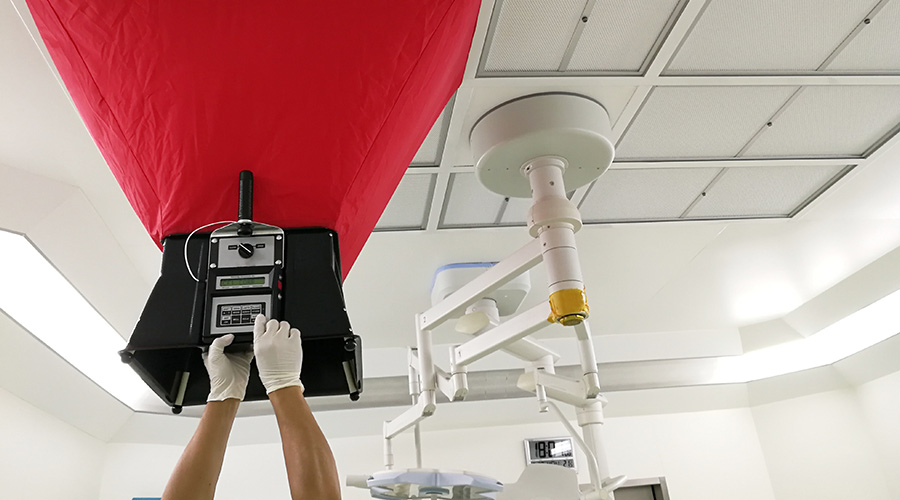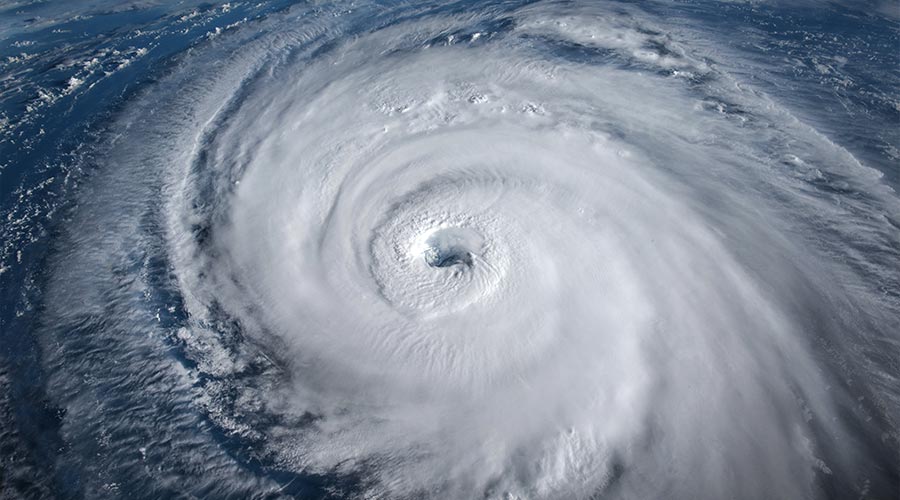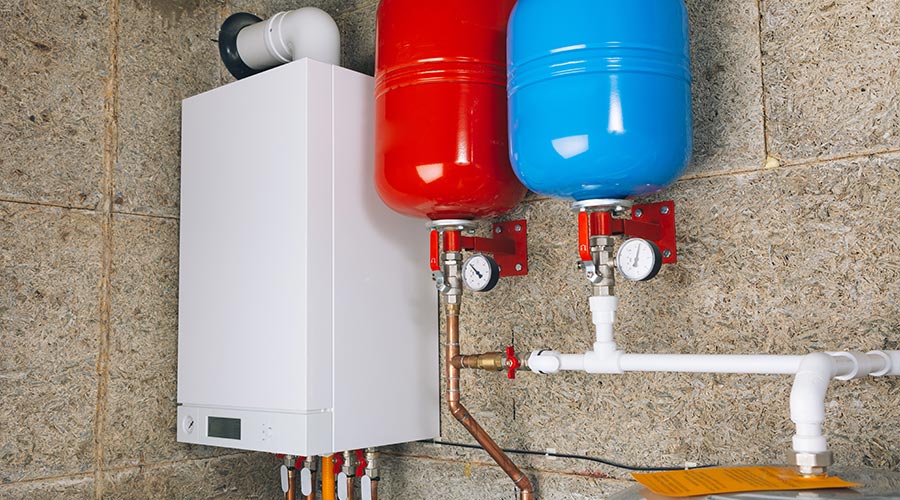
3 Energy Efficiency Resources for K-12 Facility Managers
From federal grants to technical assistant, these Department of Energy programs can help managers find solutions February 15, 2024
By Dave Lubach, Executive Editor
Facility managers in school districts have never had so many opportunities available to find help achieving their energy efficiency goals.
“We’re really at a moment in time in history here, especially at the federal level, for both the technical assistance and the funding that’s available for schools,” says Andrea Swiatocha, a member of the School and Nonprofits team for the U.S. Department of Energy (DOE) during a November 2023 webinar focused on K-12 school districts. “It takes a lot of effort to figure out which program is the best for you.”
During a November 2023 webinar, “The Power of Partnerships”, the DOE profiled three programs that facility managers in K-12 school districts can use as resources for both financial and technical support.
Renew America’s Schools
Renew America’s Schools provides $500 million in federal grant money to help schools implement energy-efficiency upgrades and improvements to reduce their energy consumption. The funding continues for five years through 2026, but due to the popularity of the program, funding was expanded to more than $175 million in the first year.
Emphasis for the funding was placed on schools with improvement funding needs and focused on schools with high free and reduced-price lunches percentages, and rural schools.
“We received over 1,000 concept papers, and the quality of the applications were really impressive,” Swiatocha says in a follow-up interview. “We really wish we could have funded a lot more than we did. We’re excited to see those (schools) fully implemented and up and running to share more success stories.”
The first round of 24 schools was selected in June 2023, with a second round of funding expected this spring. Updates can be found here. The program is part of the Bipartisan Infrastructure Law signed in November 2021 and helps school districts upgrade systems such as HVAC, lighting, building envelope, roof replacements, and conversions to solar or alternative fuel fleets.
Swiatocha said 88 percent of the applicants requested HVAC upgrades for their projects. Another trend in the initial funding from the schools that received money – anywhere from $500,000 to $15 million depending on the projects: 15 of the 24 schools are transitioning into electrifying their buildings. As for the emphasis on HVAC systems in the funding requests, Swiatocha did not seem surprised it was the most popular ask since many school districts have a large stock of older buildings with legacy-type equipment ranging anywhere from 30-50 years old.
“The lack of adequate air conditioning or heating for schools, especially in the summertime, is a big issue in certain parts of the country that didn’t historically have air conditioning,” she says. “As ventilation rates can be a critical component here, especially post-COVID or still kind of in COVID and with concerned parents and school boards, making sure that ventilation is adequate for a healthy learning environment is essential.”
Efficiency & Healthy Schools
Efficiency and Healthy Schools provides technical support and resource guidance to help school districts improve indoor air quality (IAQ) and improve energy performance while providing a healthier learning environment for students. Districts interested in participating can email schools@lbl.gov for more information.
Program participants can lean on the support from resources such as the Lawrence Berkeley National Laboratory Center and the New Buildings Institute for guidance on issues such as how to improve IAQ and energy efficiency.
The program offers technical assistance in such areas as energy management, setting goals, education about new technologies and systems, decarbonization approaches, improving resilience in facilities and seeking out funding to help achieve their goals.
Through participation in the program, school districts can gain national recognition for their progress in attaining their energy saving goals, gain access to nationwide support of fellow districts, and share best practices with other districts on needs and implementation plans.
Better Buildings and Climate Challenges
These initiatives are available to facilities beyond school districts such as state and municipal governments. These are two separate programs, as Better Buildings Challenge participants pledge to reduce energy intensity use by at least 20 percent within 10 years of starting the program.
Better Climate Challenge participants pledge to reduce greenhouse gas emissions by at least 50 percent within 10 years while setting an energy efficiency target by developing an emission reduction plan.
Each challenge requires tracking data to report progress and encourages sharing cost-effective approaches and best practices. It works similarly to the Efficiency and Healthy Schools program that provides access to peer exchanges, guidance documents, brainstorming, discussions and webinars to help facility managers achieve their energy efficiency goals and potentially be nationally recognized for their efforts.
Interested managers can join or learn more about the challenges by clicking on this link.
Dave Lubach is the executive editor for the facility market. He has more than eight years of experience writing on facility management and maintenance issues.
Next
Read next on FacilitiesNet












